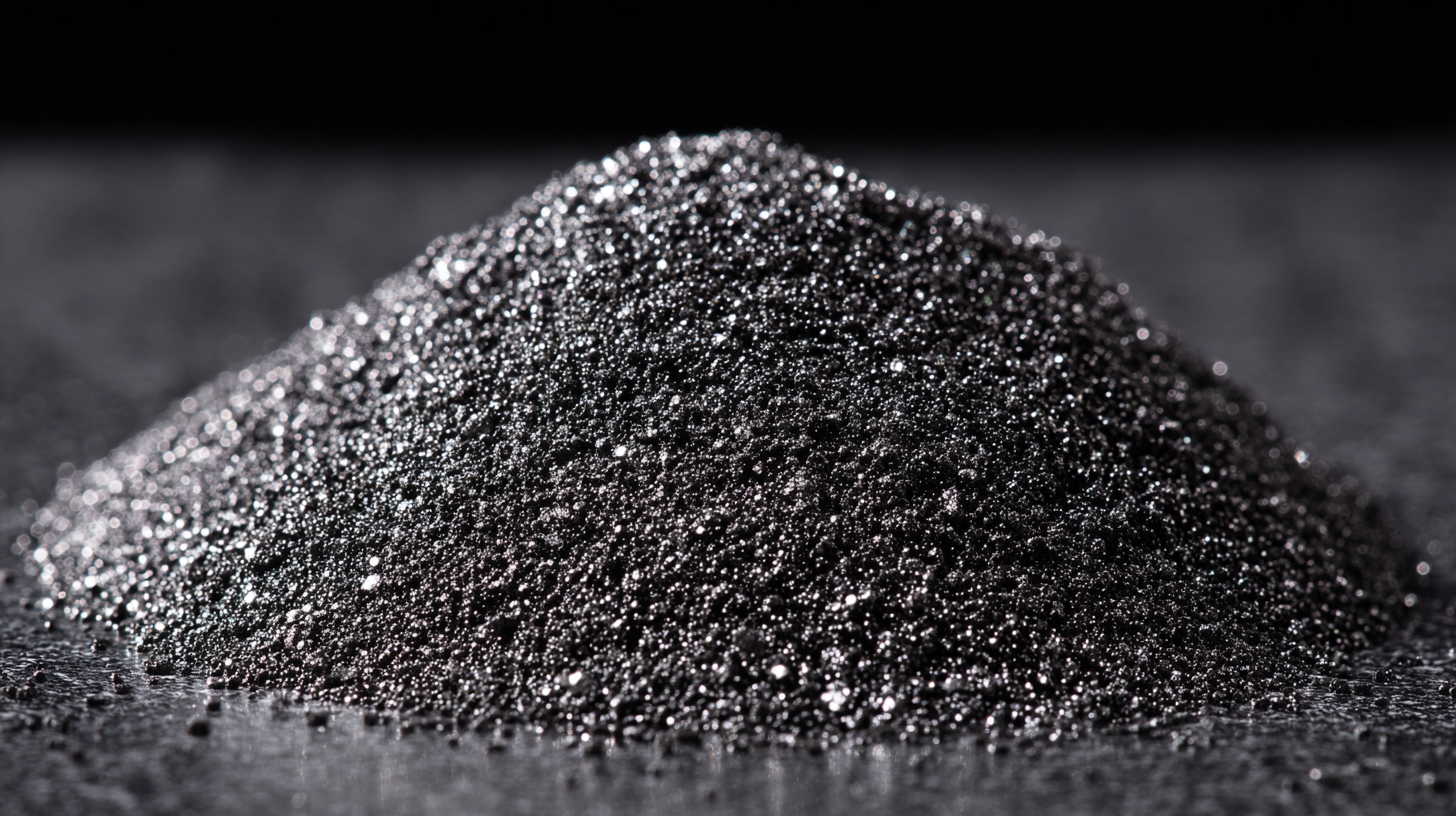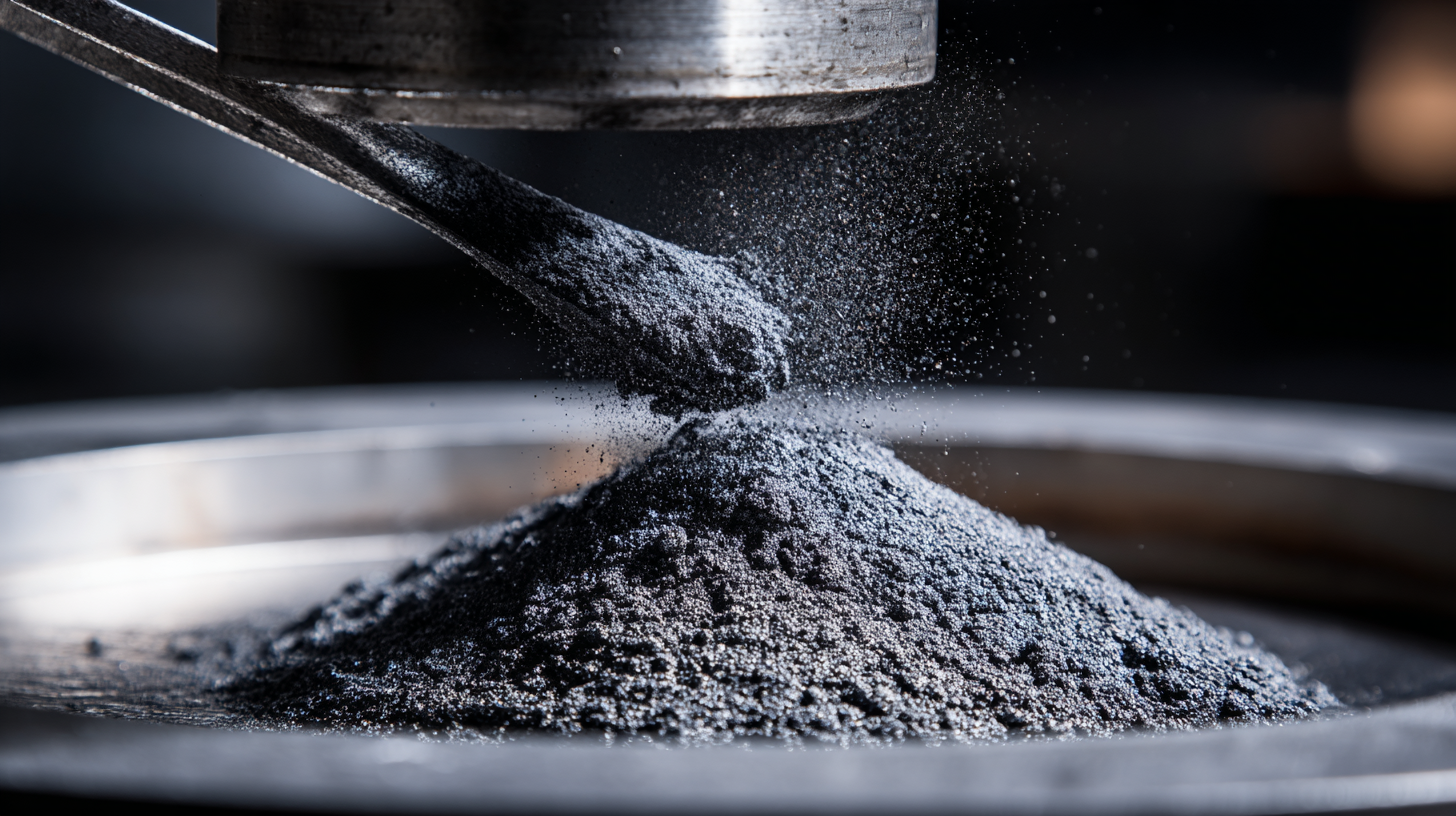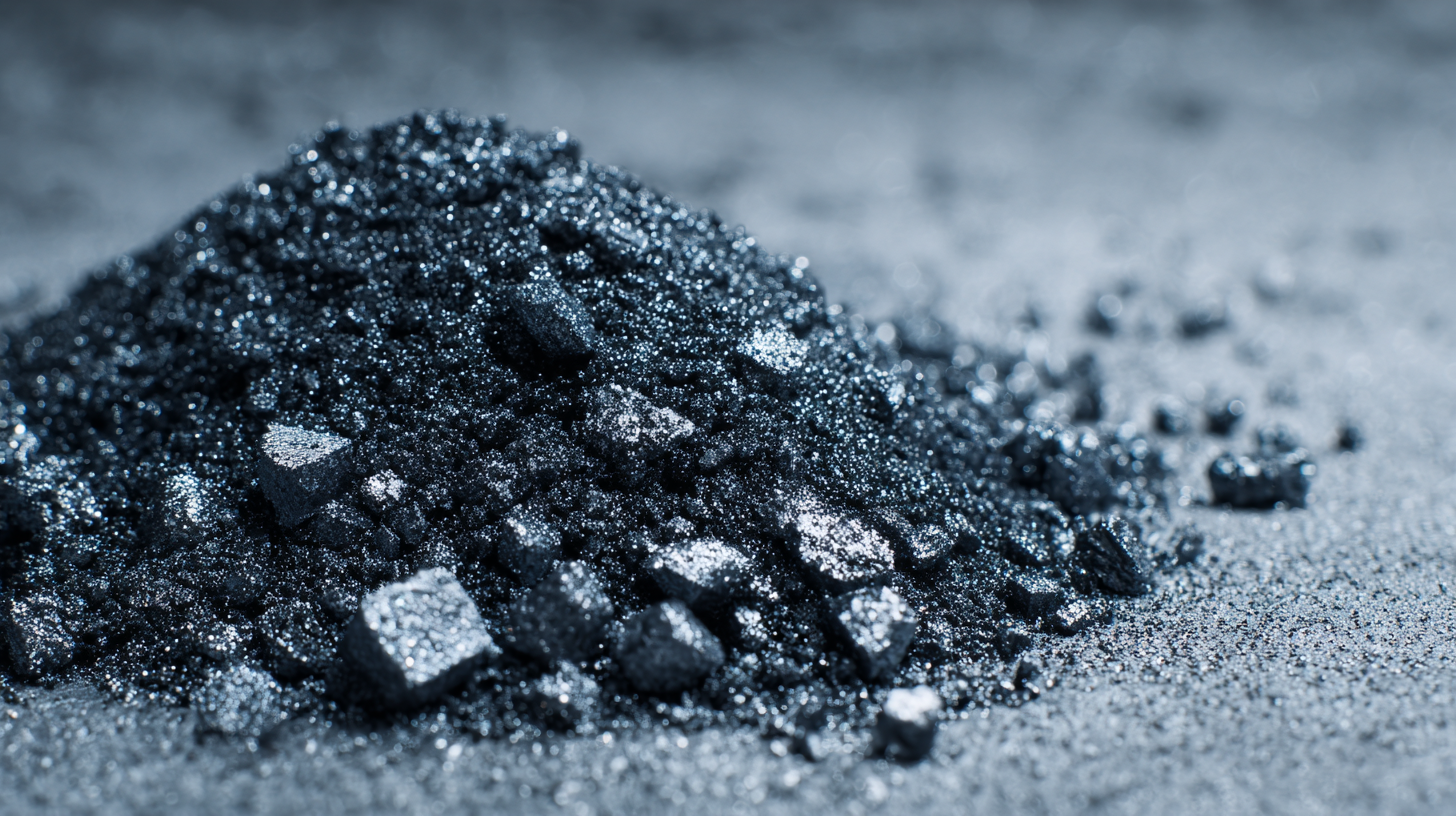Leave Your Message
In today's rapidly evolving industrial landscape, businesses are increasingly turning to innovative materials that enhance performance while meeting sustainability goals. One such material that has garnered significant attention is Sintered Silicon Carbide (SiC), renowned for its superior thermal conductivity, mechanical strength, and resistance to wear. According to a recent market analysis by Grand View Research, the SiC market is projected to reach USD 2.54 billion by 2027, growing at a CAGR of over 15% due to the rising demand in automotive and electronics sectors. With the push for more robust and efficient components, Sintered Silicon Carbide stands out as a compelling choice in global procurement strategies, offering advantages that align with both modern engineering requirements and environmental considerations. This blog delves into the unique properties of Sintered Silicon Carbide and explores why it is poised to become a staple in material selection across various industries.

Sintered silicon carbide (SiC) has emerged as a game-changing material in various industries due to its exceptional properties. This advanced ceramic boasts remarkable hardness, making it an ideal choice for applications that demand durability and resistance to wear. Its unique ability to withstand high temperatures and corrosive environments further enhances its appeal in sectors such as aerospace, automotive, and semiconductor manufacturing. Unlike traditional materials, sintered SiC does not compromise on performance even in extreme conditions, which drives its growing global demand.
Moreover, sintered silicon carbide exhibits impressive thermal conductivity while maintaining low thermal expansion. This combination allows for efficient heat dissipation, crucial for components such as heat exchangers and engine parts. Its lightweight nature contributes to weight reduction in various applications, promoting energy efficiency. As industries move towards sustainable practices, the need for materials that not only meet performance criteria but also align with eco-friendly standards makes sintered SiC a front-runner in material choice, thus ensuring its continued significance in the global procurement landscape.

The market for sintered silicon carbide (SiC) is experiencing significant growth, driven by its unique properties that meet the demanding needs of advanced manufacturing. According to a recent report by Research and Markets, the global SiC market is projected to expand at a compound annual growth rate (CAGR) of 27.3% from 2021 to 2028. This accelerating growth is largely fueled by increasing applications in various sectors, including aerospace, automotive, and electronics, where the material's wear resistance and thermal stability are crucial.
Furthermore, the automotive industry's transition towards electric vehicles (EVs) is a significant factor contributing to the rising demand for sintered silicon carbide. The International Energy Agency indicates that the number of electric cars on the road reached 10 million in 2020, and this figure is expected to surge, which in turn heightens the need for efficient power electronics that utilize SiC. Additionally, the aerospace sector values the material for its lightweight and high-strength characteristics, ensuring that manufacturers are increasingly integrating sintered silicon carbide in their production processes to enhance performance and sustainability.

When examining the cost efficiency of materials in global procurement, sintered silicon carbide (SiC) emerges as a remarkable alternative to traditional materials like ceramics and metals. One of the primary advantages of SiC is its superior durability, which translates into lower long-term maintenance costs. While the initial investment in sintered silicon carbide may be higher, its impressive resistance to wear and thermal shock results in reduced replacements and repairs over time. This attribute offers significant savings, particularly in industries that demand robust performance under extreme conditions.
**Tip:** When evaluating materials for procurement, consider the total cost of ownership. Assess not only the purchase price but also the lifespan, maintenance, and performance characteristics over time.
Moreover, sintered silicon carbide boasts excellent thermal conductivity and corrosion resistance, making it an ideal choice for applications in harsh environments. These properties enable manufacturers to reduce the complexity of their designs, ultimately leading to more streamlined production processes and cost reductions in fabrication.
**Tip:** Engage with suppliers who can provide detailed lifecycle cost analyses to help you make informed decisions about material selection. This approach ensures that you prioritize both immediate and long-term value.
| Material | Cost (per kg) | Durability (years) | Thermal Conductivity (W/m·K) | Market Availability (rating out of 10) |
|---|---|---|---|---|
| Sintered Silicon Carbide | $40 | 15 | 120 | 9 |
| Alumina Ceramics | $30 | 10 | 30 | 8 |
| Zirconia Ceramics | $45 | 12 | 20 | 7 |
| Silicon Nitride | $35 | 20 | 25 | 6 |
Sintered silicon carbide (SiC) is rapidly emerging as a game-changer in global production chains, especially in the context of sustainability. As industries strive to reduce their environmental footprint, SiC offers numerous benefits that align with these goals. Its exceptional hardness and thermal stability result in materials that last significantly longer than traditional options, reducing the need for frequent replacements and minimizing waste in production processes. This durability not only contributes to a reduction in material consumption but also enhances operational efficiency, which is crucial in a world increasingly focused on resource conservation.
Moreover, the production of sintered silicon carbide is less energy-intensive compared to other materials typically used in manufacturing. The ability to withstand extreme conditions means that SiC tools and components require less power during operations, leading to lower energy costs and decreased greenhouse gas emissions. The recycling potential of sintered silicon carbide further enhances its appeal; as it can be reused in various applications, the lifecycle of this material greatly contributes to circular economy practices in manufacturing. By integrating SiC into production chains, companies can not only achieve their sustainability targets but also position themselves as leaders in responsible manufacturing practices.
Sintered silicon carbide (SiC) is making significant waves across various industries due to its exceptional properties, setting a new standard in material procurement. Notably, the automotive sector has embraced SiC for its ability to enhance the efficiency of electric vehicles (EVs). The material’s high thermal conductivity and resistance to wear and tear make it ideal for applications such as power electronics, allowing manufacturers to produce lighter, more efficient components that contribute to longer battery life and improved overall vehicle performance.
In addition to the automotive industry, the semiconductor sector has recognized the immense potential of sintered silicon carbide. As demand for high-performance electronic devices continues to rise, SiC offers remarkable advantages in terms of high-temperature stability and superior electrical properties. This makes SiC a preferred choice for power devices used in renewable energy systems, such as solar inverters and wind turbine applications, ensuring optimal energy conversion and sustainability. The combination of these benefits is propelling industries toward a future where sintered silicon carbide will play a pivotal role, driving innovation and efficiency in technology development.
